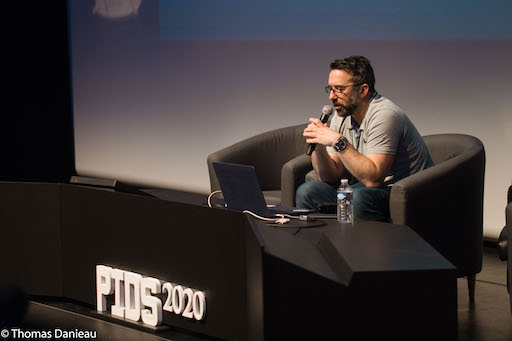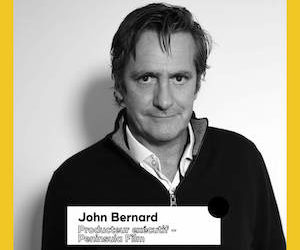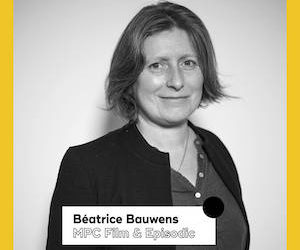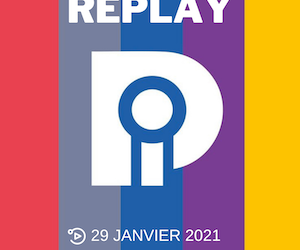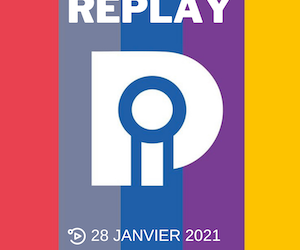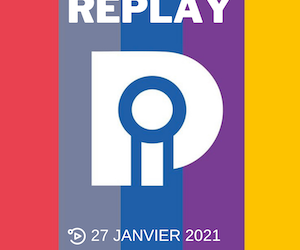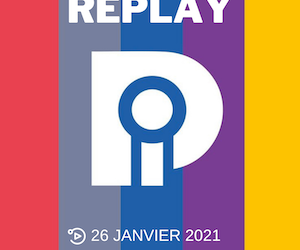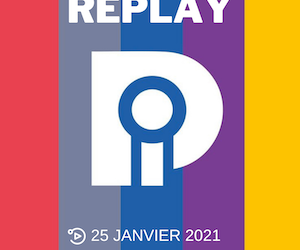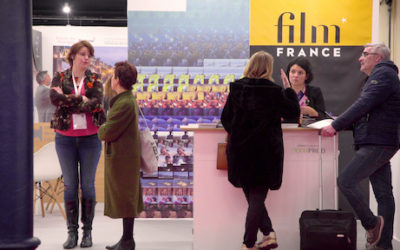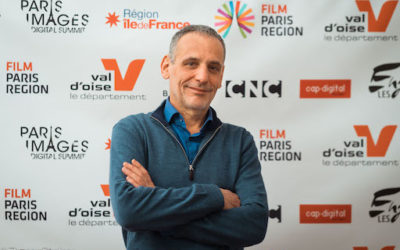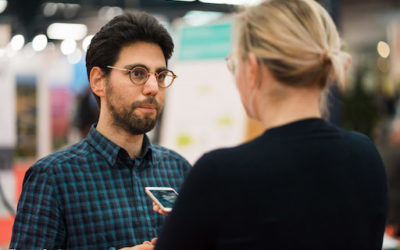Laurens Ehrmann, superviseur VFX
Winner of a Genie Award for the best visual effects, Laurens Ehrmann gives us his point of view on the state of VFX in France.
VFX, how are you doing ?
Vast question ! I would say that the VFX market is doing pretty well. There are a lot of projects where all the VFX providers are involved but it’s often for invisible effects, clean-ups, cosmetic effects, or others. It’s true that there are only few very big films that require a lot of VFX work, with very large budgets that can involve several providers. We have a lot of small and medium projects. It
is still a market that is doing well, that works, but it is not yet an ultra-promising market, perhaps because of the reluctance of producers and directors.
Is that why The Yard, your company, is pretty much focused on international projects like Ford vs Ferrari ?
We’ve been on Ford vs Ferrari, but also on Minuscule, which is a film that’s half animation, half VFX, that took us two years of our existence. In the past, we’ve worked on several international projects, whether it’s X-Men First Class, The Smurfs 2, or a film called Renagade, which is produced by EuropaCorp, or Beautiful Accident, which is a Taiwanese movie. It’s true that we are trying to turn a little more towards the international market, towards a market that perhaps some French VFX providers are not yet looking at, or don’t want to look at, or have difficulty looking at.
Why wouldn’t they want to look at that market if there is finally more supply and more opportunities to work?
I think that for some providers, there is a desire to stay in a market they know. This may also be due to a lack of network and lack of experience to access these international projects. I’m also thinking of a more technical point, which is the TPN security certifications, which are the Trusted Partners Network that allow us to have discussions with the majority of American studios. We have to pass security certifications to comply with standards. That doesn’t mean that it triggers discussions, but it’s the prerequisite for these studios to want to discuss with us. So it’s really something very important. Few, or very few, studios have these safety standards in France. Now, it’s not easy, it takes a lot of time, you have to show your white paw little by little, nail by nail.
Do you think tax credits have helped?
Yes and no. The 30% tax credits should have helped us but they didn’t. From my point of view, and that of most of my colleagues, the French tax credit is too complicated. And from the point of view of outside producers, it is “a white elephant”. We need to simplify it so that foreign producers don’t have to give themselves grief to have access to this tax credit.
Some good things have been done: we managed to get 30% in the past, and then many voices made sure that the tax base was lowered to 250,000 euros, which makes it possible to reach a larger number of projects because today not a single international studio, especially American, will come and spend 1 million VFX in a French company it doesn’t know.
Now, it is true that there is a real work of teaching and educating American producers, especially financiers, to explain to them that it is not complicated, that we can find solutions with them to get their projects validated.
As for the move to 40%, which we all hope to see by the beginning of the summer, I think that will be a very good thing. Once again, that won’t do everything, it’s not because we have a tax credit that producers will necessarily want to come and work with French companies, but it’s a whole thing. By trying to put all the right pieces of the puzzle in the right place, we should succeed in getting more international projects in France. In any case, we have to get a lot more VFX providers to work on these projects because the more we do, the better the visibility of our French industry abroad. It’s a snowball effect afterwards. For example, almost three years ago now, we set up the French section of the Visual Effect Society (VES), which is an association representing artists. This is really the other side of our industry: we have the providers on one side in France with FranceVFX and we have the artists on the other side with the VES. At the beginning, we were only 5 members. With other French members, we made sure to rally other members to our cause to reach 50, which allowed us to create this French section. Today, we are about 90. It’s a small thing, but it also allows to show, on international level, that there is activity.
Everyone knows that there is a lot of talent in France, that there are very good schools, a lot of talent comes out of France and unfortunately goes directly to work abroad, but it is also good to show that there is French activity in this area and that things are happening, that things are structured and moving. I think you have to do a lot of small things like that to keep this activity alive. It’s communication, it’s marketing, we have to promote our industry.
Autres articles
John Bernard, producteur exécutif chez Peninsula Film
Dans le cadre du Paris Images 2022, John Bernard, producteur exécutif chez...
Béatrice Bauwens, directrice VFX & Post chez MPC Film et Episodic
Dans le cadre du Paris Images 2022, Béatrice Bauwens, directrice VFX & Post...
Le Replay du Paris images – journée du 29 janvier 2021
Le Replay du Paris images – journée du 28 janvier 2021
Le Replay du Paris images – journée du 27 janvier 2021
Le Replay du Paris images – journée du 26 janvier 2021
Le Replay du Paris images – journée du 25 janvier 2021
Focus sur la plateforme Film France Talents
Stephan Bender, Film France's interim CEO spoke about the creation of the Film...
Olivier Emery, fondateur de Trimaran
Olivier Emery, the recipient of an Honorary Genie Award speaks to us about the...
Harcèlement(s) sur le plateau : que faire ?
La table ronde « Harcèlement(s) sur le plateau : que faire ? » a eu lieu le...

